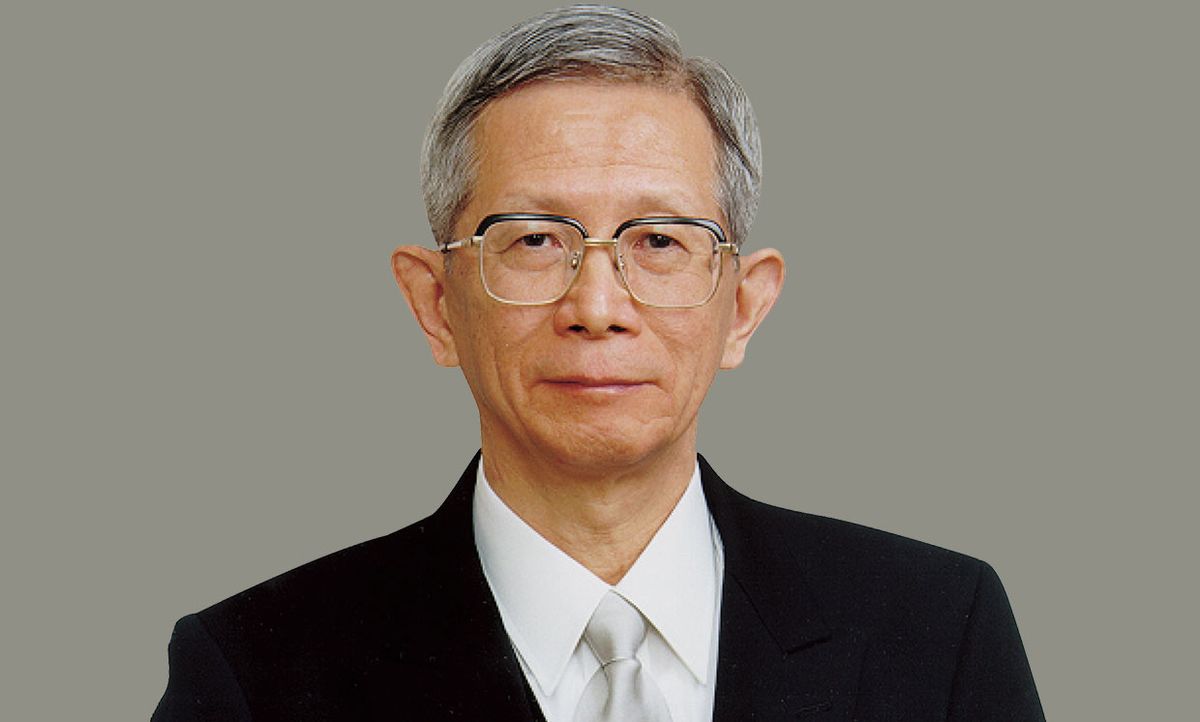THE INSTITUTE Takuo Aoyagi, the inventor of the pulse oximeter, died on 18 April at the age of 84. His invention—a medical device that can measure a person’s blood oxygen levels—is part of the standard of care for illnesses such as asthma, pneumonia, and lung cancer. It is also a key tool in monitoring the progression of COVID-19. A low oxygen level—or hypoxemia—is a symptom of the virus.
For his contributions to pulse oximetry, he was awarded the 2015 IEEE Medal for Innovations in Healthcare Technology.
IMPROVING FLAWED TECHNOLOGY
Aoyagi grew up in the Niigata Prefecture in Japan. His interest in science and engineering began when he was 9 years old. He became fascinated by theoriginal oximeter, which was invented by Glenn Allan Millikan in the early 1940s to warn military pilots fighting in World War II that their body was being deprived of oxygen. The device was integrated into the pilot's altitude mask and was clasped to the earlobe. The earpiece used a small incandescent bulb, filters to generate different wavelengths, and photocells to detect light. Oxygen levels could be determined by how much light passed through the earlobe.
According to an article on pulse oximetry in the journal Chest, early oximeters were cumbersome and required heating the earlobe, which could cause burns. Aoyagi devised an alternative way of measuring blood oxygen that did not suffer from these limitations.
He did this work at the electronic medical equipment manufacturer Nihon Kohden, in Tokyo, which he joined as a manager in the company’s R&D department in 1971.
In 1972, Aoyagi was investigating a noninvasive cardiac output device and discovered that arterial pulsatile “noise” interfering with the accurate dye dilution curve contains important information about the oxygenation of blood in a person’s arteries. A dye dilution curve is a graph of the concentrations of Evans Blue, a natural dye found in blood, as it is pumped into and away from the heart.
This discovery led Aoyagi to invent the pulse oximeter in 1975. His oximeter consists of a probe containing a light-emitting device and two photodetectors. It’s clamped onto a thin body part—typically a fingertip or earlobe. The oximeter passes two wavelengths of light through the body part to a photodetector on the other side. It measures the changing absorbance at each of the wavelengths, allowing the device to determine the absorbencies caused by the blood pulsing through the arteries. The oximeter rapidly and noninvasively assesses blood and respiratory problems in patients and allows clinicians to also detect heart abnormalities.
Aoyagi was granted a U.S. patent for the device in 1979. All of today’s oximeters are based on Aoyagi’s principles of pulse oximetry.
In 2007, the WHO deemed the pulse oximeter an essential device for reducing complications during operations and included it on its Surgical Safety Checklist.
Joanna Goodrich is the associate editor of The Institute, covering the work and accomplishments of IEEE members and IEEE and technology-related events. She has a master's degree in health communications from Rutgers University, in New Brunswick, N.J.



